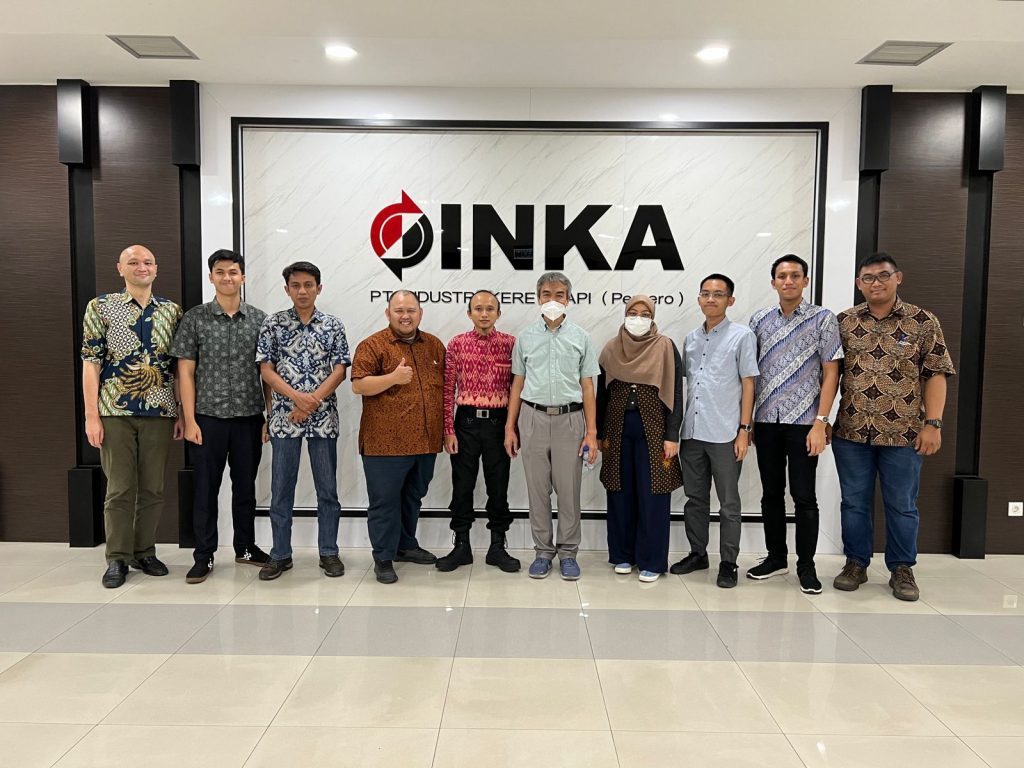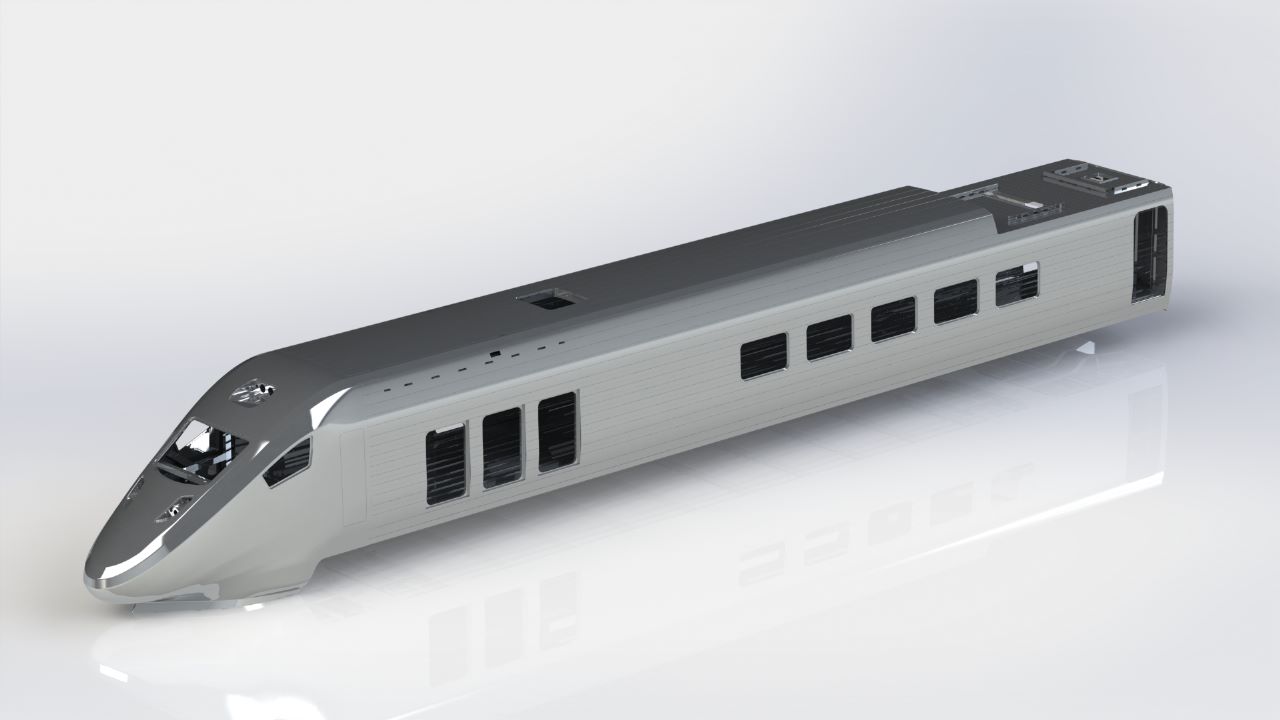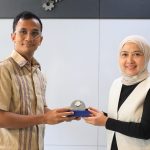Home-grown; Smart, Lightweight, and Hybrid High-Speed Train for Makassar – Parepare Route
The development of the train route from Makassar to Pare-pare is certainly linked to the Master Plan for Acceleration and Expansion of Indonesia’s Economic Development (MP3EI). MP3EI is a concrete step taken by Indonesia to catch up and become one of the 10 largest developed countries in the world by 2025. Then, the Makassar-Parepare railway becomes one of the transportation infrastructure developments that are considered to support the acceleration and expansion of the economy in Sulawesi.
At the same time, the Ministry of Transportation (Kemenhub) prioritizes a number of railway projects or major projects in 2022, including the Makassar-Parepare Train and the Java Island Fast Train. These railway projects certainly support the government’s plan to increase the total railway lines in Indonesia from 6,000 km to 10,000 km by 2030, which has already started since 2016.
These two things certainly complement each other in realizing the Makassar-Parepare Train Project, which runs along a 140-kilometer railway line and passes through seven stations. The Makassar-Parepare Train Project carries a smart, light, and hybrid train concept, which is certainly an advantage over other local train types.
Smart
The “smart” concept in this railway project is the train that does not require a conductor to drive the train. With the touch of technology, this train is capable of traveling on the track and stopping at the destination station on its own.
“The ‘self-driving’ concept for trains should be easier (compared to cars) since trains already have their own tracks,” explained Prof. Dr. Eng. Ichsan Setya Putra, one of the lecturers from FTMD involved in the project.
Lightweight
Typically, trains are made of steel. In the Makassar-Parepare Railway Project, this type of train has a lightweight construction made of aluminum and lightweight carbon fiber composite material as strong as steel.
Hybrid
High-speed trains, popular in China and Japan, already use electricity available from the overhead electrical cable on the train tracks. The electricity is then operated by an electric motor inside the train to operate the train. Unfortunately, the concept of high-speed trains cannot be fully adapted in Indonesia, especially in Sulawesi. The availability of electricity in Sulawesi cannot supply the electrical network according to the operational needs of the train. From this problem, the concept of hybrid trains is introduced where the train uses electricity generated from a diesel engine as the main power source.
What is the role of FTMD in this project?

This railway project certainly involves many consortia of universities, one of which is ITB. Through FTMD, ITB is trusted to lead the research and development team for the Light and Intelligent Hybrid Railway to be produced by PT Industri Kereta Api (Persero). Other universities involved in the production of light and intelligent trains are UGM, ITB, UNDIP, Universitas Indonesia, Telkom University, Politeknik Negeri Madiun, ITS, UNS, and UB.
Given that the raw material of the railway structure is Aluminum, which is a metal prone to fatigue failure, FTMD has expertise to anticipate such matters. In addition to calculating the possibility of fatigue in the metal structure, FTMD also conducts research on the railway’s tension, railway dynamics while moving, aerodynamics that arise, and other calculations. From these calculations, modifications to the railway will continue to be made over time.
By the end of 2022, the design and calculations of the railway have been completed although there is still a need for optimization in some parts. The results of the design and calculations are already in the prototype making phase by PT. INKA which is predicted to be completed in early 2023. Then, this prototype will be operated in 2023 on the Makassar-Parepare route.







